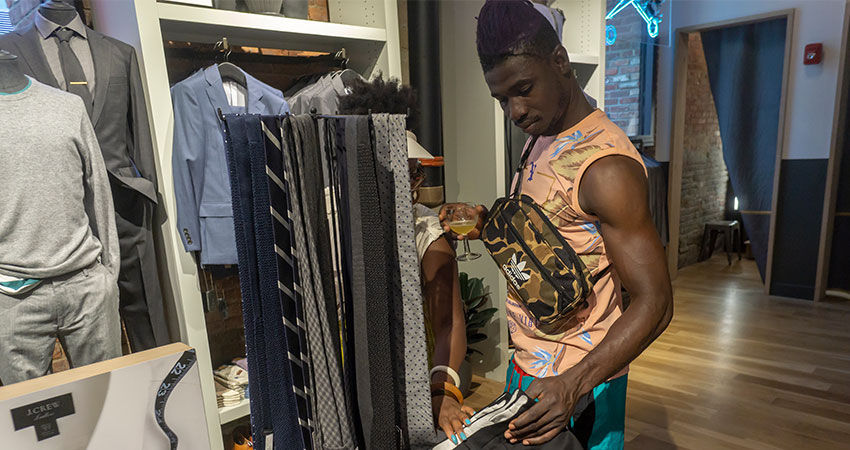Twenty-first-century loyalty – the degree to which a brand meets customer expectations for their Ideal in a product category – is a KPI that changes before the brand’s economic structure begins to improve or decline. It’s an early warning signal that your brand may be in trouble.
J. Crew Ranked #19 out of 20 Brands
The January 2020 Brand Keys Customer Loyalty Engagement Index ranked J. Crew at #19 among 20 retail apparel brands tracked for sector loyalty. That was down four positions from 2019 and down two more from 2018. That’s been the trajectory for J. Crew for nearly a decade.
It’s axiomatic. The more loyalty a brand engenders, the better customers behave toward it in the marketplace. That means they buy more, more often and are less likely to switch brands on the basis of promotions or price. With J. Crew’s loyalty status decreasing year after year, the only thing that’s surprising is how surprised the category and business press sounded at the announcement its parent company filed for bankruptcy protection.
Once a Leader
A decade ago, J. Crew ranked #1 in the Brand Keys Customer Loyalty Engagement Index, but the loyalty arc has been very clear. It’s true that the pandemic has been an additional setback for most categories of retail, but in the case of J. Crew it put extra stress on a brand that wasn’t up to loyalty code in the first place.
Loyalty Drivers in Retail Apparel
Brand Keys uses an independently validated research methodology that fuses emotional and rational aspects of the categories to measure brand loyalty. The approach identifies four path-to-purchase behavioral drivers for an ideal brand specific to the category. For retail apparel these include:
- Big brand buzz/exclusive events
- Customizable and personalized quality limited editions
- Omnichannel shopping for value
- Ethically and values based
These assessments have been proven to be leading indicators of consumer behavior, identifying market activities 12 to 18 months before they appear in traditional brand tracking or on corporate balance sheets.
Out of Fashion
It’s been suggested that J. Crew wanted to be a high-fashion brand when it grew up. But the combination of an overly intense focus on fashion while taking their eyes off the quality-for-value portion of the equation has resulted in a mass loss of loyal customers.
J. Crew isn’t the only retail apparel brand that’s in trouble from a loyalty perspective. Based on the 2020 Customer Loyalty Engagement Index, Victoria’s Secret is #20 and Gap Inc. is #18. You can’t dig yourself out of a loyalty abyss on the basis of low-lower-lowest pricing strategies.
The Secret Sauce of Customer Loyalty
And therein lies the secret of customer loyalty: If your brand meet expectations better than the competition, customers are six times more willing to give you the benefit of the doubt in uncertain times. You can’t get any more uncertain than the COVID-19 crisis. But you can be certain that brands with loyal customers will survive, even if they have to wear masks to shop.
Robert Passikoff is President of Brand Keys, Inc.

